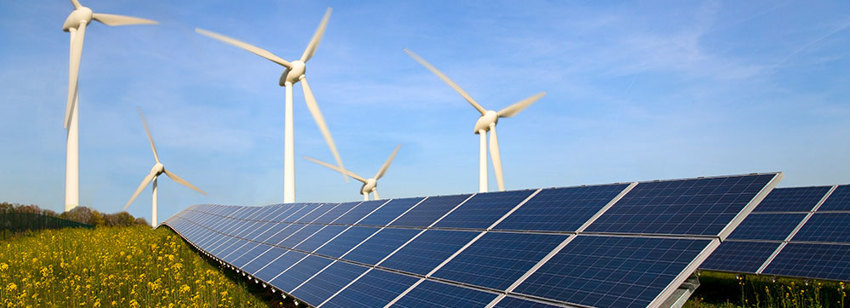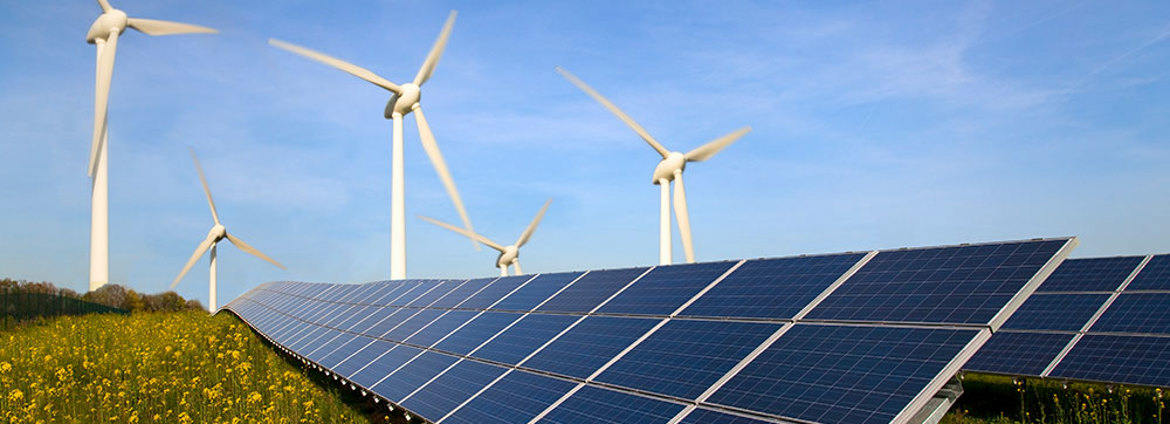The Climate Change Commission’s recent report focuses on gross emissions reductions to achieve New Zealand wide net-zero emissions by 2050 using a combination of technology and behaviour change[1]. The Commission is clear that displacing fossil fuel use with electricity is an essential part of the transition and will require major expansion of the electricity system. Internationally, renewable energy technology such as wind and photovoltaic solar (PV) is also being used to decarbonise economies. This is because, internationally, most electricity is generated by fossil fuels, coal and gas in particular. New Zealand has a different starting point, with an already high proportion of renewably generated electricity (80%-85%). Most carbon dioxide emissions in New Zealand come from our transport fleet, especially private vehicles, and high and low temperature heating, such as industrial processes, food processing, and building heating.
Recent research we conducted with colleagues at the University of Canterbury estimated that New Zealand would need to increase its electricity generation by around 120% to convert private vehicles to electric, replace low temperature heating, and replace existing fossil fuel electricity generation[2]. We also estimated that this would almost meet New Zealand’s 2030 Paris Agreement Nationally Determined Contribution (NDC). While the actual number might not be as high as this, due to the use of biomass for heating, clearly, this is an inconceivably large amount of new generation in under a decade to deliver a low carbon infrastructure. Even if this development was as to occur by 2050 to meet net-zero 2050, it is still an enormous expansion in three decades.
Technical challenges in meeting this expansion include:
- Developing enough renewable electricity generation
- Transporting it from the renewable generation sites to users with appropriate transmission infrastructure
- Ensuring sufficient energy supply from renewable generation between years as renewable resources vary from year to year
- Ensuring generation and transmission capacity is available when needed to supply peak demand for electricity (or peak demand is managed)
- Integrating an increasing range of new technologies like electric vehicles and PV into distribution networks that connect our homes and businesses without congesting the networks.
One of the most difficult of these challenges to solve is (3), ensuring sufficient energy supply from renewable generation. Being a country in the Pacific Ocean, New Zealand is too remote to allow interconnection with any other country.
Therefore, it must have sufficient cover to provide energy in years when resources are low - low hydro inflow years being a particular challenge. As we approach 100% renewable electricity generation, this becomes even more of a challenge and is a particular priority. In moving towards greater renewable electricity for our energy needs, security of supply becomes even more critical. Ensuring security of electricity supply is critical if we are to successfully convert to an extensive electric vehicle fleet and electric process heat to reach our low carbon goals.
Author: Dr Allan Miller, ANSA™
[1] He Pou a Rangi Climate Change Commission 2021. Ināia tonu nei: a low emissions future for Aotearoa, 31 May 2021.
[2] Ian Mason, Harry Gates, Henna Chua, and Allan Miller 2017. Transitioning New Zealand to Renewable Energy, 2017 Electricity Engineers Association (EEA) Conference & Exhibition 2017, 21 – 23 June, Wellington.


